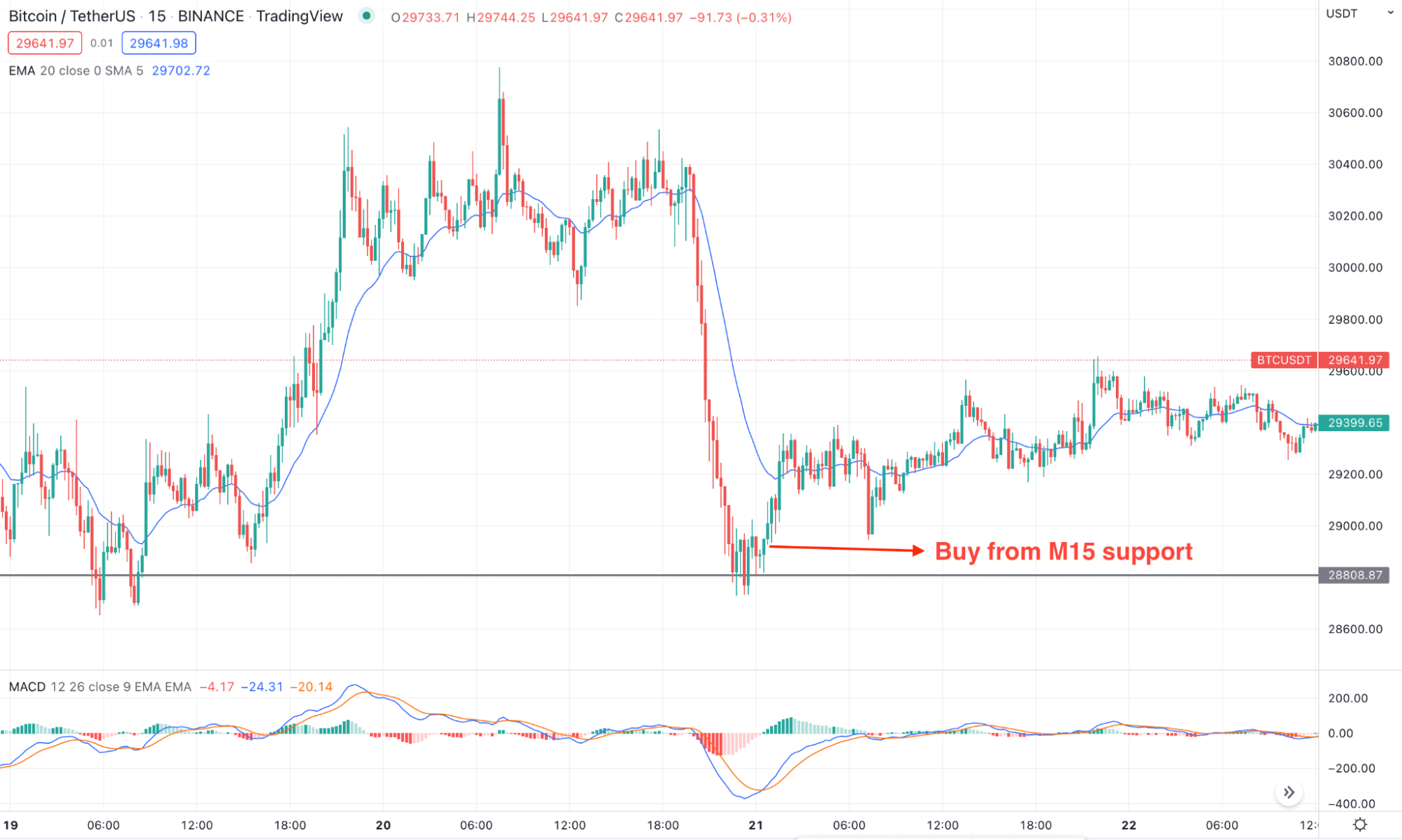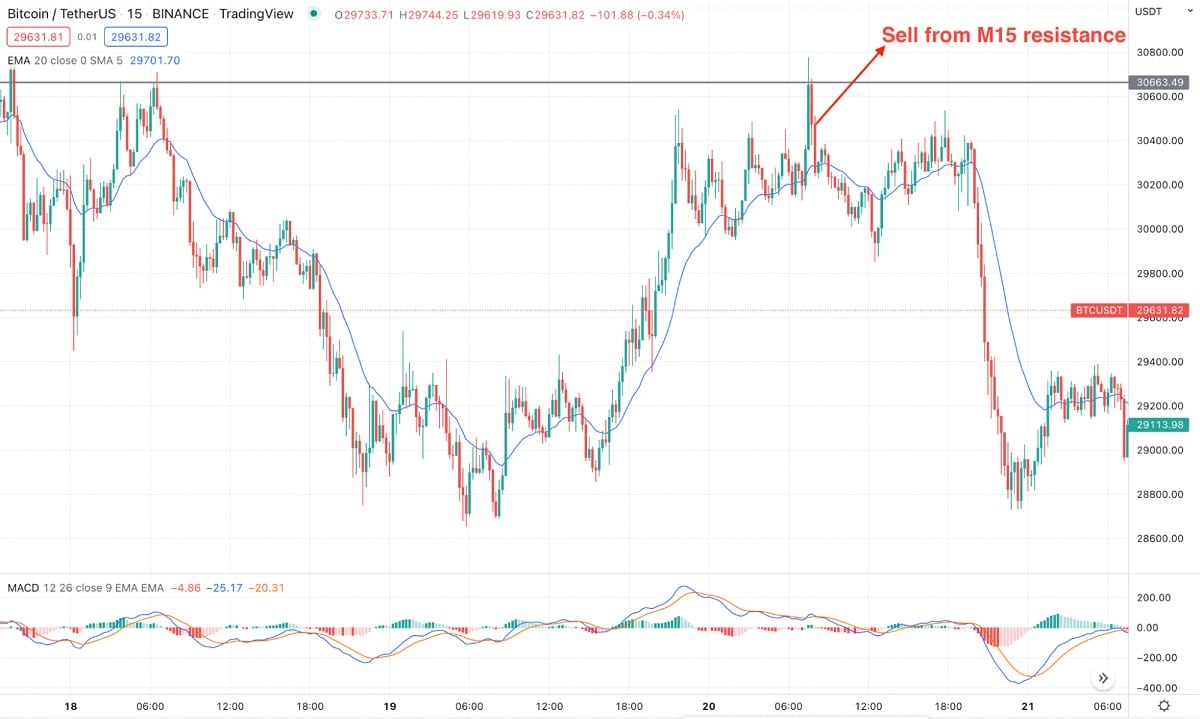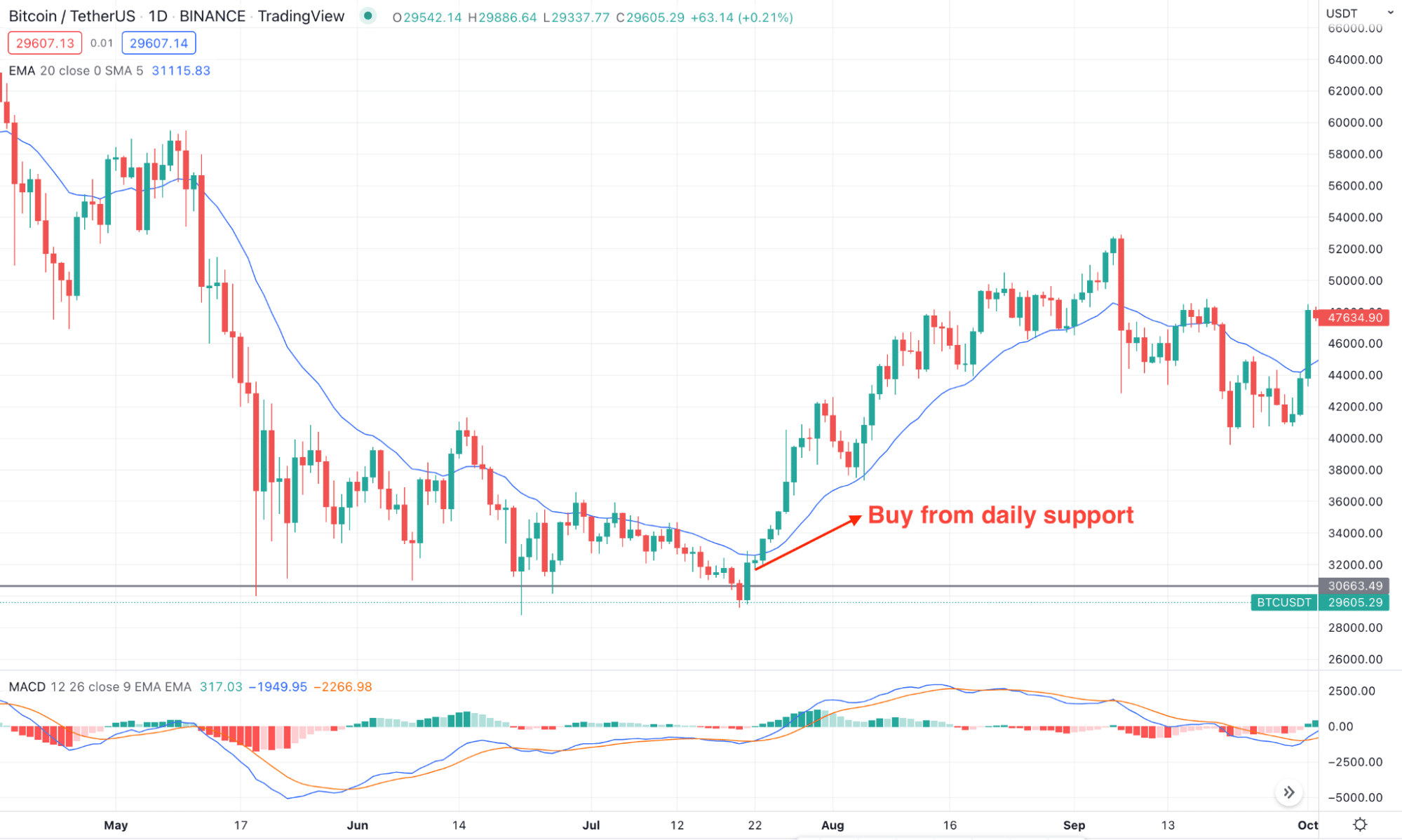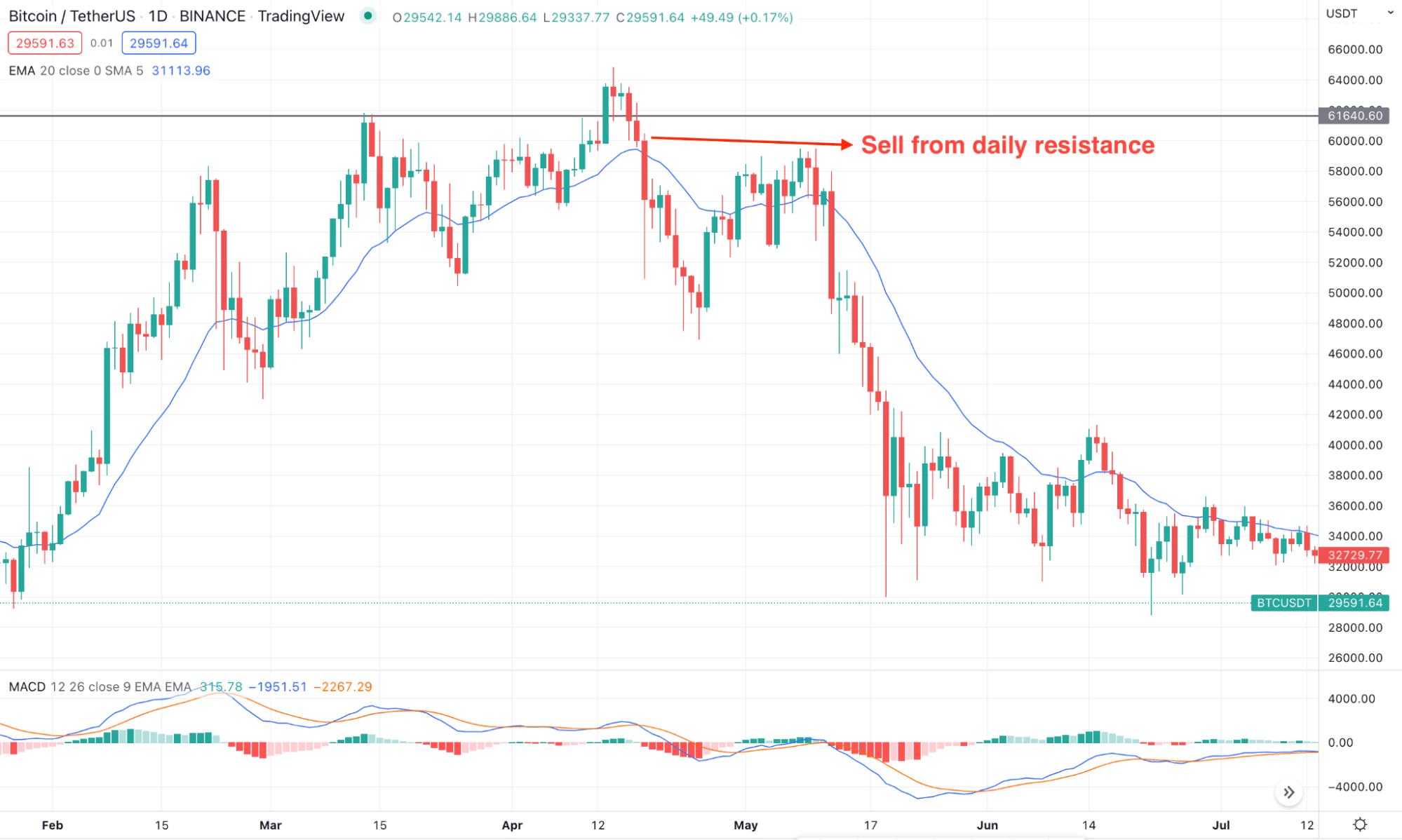The red flag is a crypto trading barrier that can hold any transaction due to the threat of unusual use of cryptos or money laundering. Trading in cryptos involves a high level of risk where the aggressive price fluctuation might incur a loss. Moreover, it is a decentralized market with no entity to control it, so there is no chance to alter or reverse a transaction once it happens.
Investors should maintain an extra security protocol layer while buying and selling a crypto asset where the red flag indicator could be helpful. In the following section, we will discuss everything about the red flag indicator, including a trading approach to buying and selling cryptos.
What is the red flag indicator?
Cryptos are decentralized products where the pure supply-demand concept is followed. The transaction in the crypto market does not require any involvement of institutions or intermediaries. As a result, investors might face a problem when a dispute arises.
Frauds are common in this industry, from retail to institutional level. A red flag is a fundamental tool, using the performance and activities of a token, where an unusual activity might influence investors to consider it a risky investment. In that case, the red flag allows investors to remain safe. On the other hand, investors should understand the project and analyze their current and future aims besides following a risk management system. In that case, using tools like the red flag might reduce the possibility of making losses.
How to trade using the red flag in trading strategy?
Trading in the financial market is a systematic approach where a 360° view is needed. Therefore before buying an instrument, it is essential to maintain a checklist. In 2018, the AML directive brought the crypto business under the regulatory umbrella by pushing institutions to maintain a standard.
Meanwhile, the Financial Action Task Force (FATF) also included crypto businesses in their recommendation 15. As a result, institutions need to maintain AML standards to run a business in the Eurozone area.
Therefore, trading in cryptos has become riskier due to the absence of a central middleman. In that case, investors should have explicit knowledge of the red flags before participating in the crypto service. An excessive profit offering, unusual money transfer, or massive price fall would increase the possibility of getting scammed from a project.
A short-term trading strategy

To remain safe in the crypto industry, you should maintain the following crypto tokens where the origin company has a clear and transparent view of the project. In that case, you can follow their websites for regular updates, check the qualification of the founder, and maintain a risk management system. This section will see how to remain safe in this industry by focusing on to-tiered tokens.
Bullish trade scenario
Before buying a crypto token in the short-term chart, you should check whether the project has a transparent aim or not. Later on, monitor the last one year’s price action to see if there is any unusual price movement or not.
Entry
The trading entry is valid once these conditions are present in the price chart:
- The aim of the project is logical and has real value.
- There is no unusual price action in the last one year’s performance.
- Market capitalization and trading volume are good.
- The intraday price reaches any major support areas and shows buying signals from technical analysis.
Stop-loss
The ideal stop loss is below the immediate swing low.
Take profit
First, take profit is the next swing level, but you can hold it for more gains if the price action remains impulsive.
Bearish trade scenario

Like the bullish method, you should check the project’s aim to make sure of its stability.
Entry
The trading entry is valid once these conditions are present in the price chart-
- The aim of the project is logical and has real value.
- There is no unusual price action in the last 1 year’s performance.
- Market capitalization and trading volume are good.
- The intraday price reaches any major resistance areas and shows bearish signals from technical analysis.
Stop loss
The ideal stop loss is below the immediate swing high.
Take profit
First, take profit is the next swing level, but you can hold it for more gains if the price action remains impulsive.
A long-term trading strategy
The long-term approach is to find the best price to HODL an asset from a daily or weekly time frame.
Bullish trade scenario

The long-term buy trade needs close attention to coins projection to reduce the possibility of facing a red flag.
Entry
The buy entry should come from the following conditions:
- There is no excess token supply.
- The trading volume and market cap are substantial.
- The coin has a real-life value.
- The bear market is over, and the price started moving up from the support level.
Stop-loss
The stop loss is below the support level with some buffer.
Take profit
You can hold the buy trade until intense selling pressure appears.
Bearish trade scenario

The long-term sell trade needs close attention to coins projection to reduce the possibility of facing a red flag.
Entry
The sell entry should come from the following conditions:
- There is no excess token supply.
- The trading volume and market cap are substantial.
- The coin has a real-life value.
- The bull market is over, and the price started moving down from the resistance level.
Stop-loss
The stop loss is above the resistance level with some buffer.
Take profit
You can hold the sell trade until an intense buying pressure appears.
Pros and cons
| Pros | Cons |
|
|
|
|
|
|
Final thoughts
The red flag is a blessing to investors where they can keep themselves away from the unusual price behavior. Regulatory authorities have started using the red flag, which will make the crypto industry more stable in the coming days.




